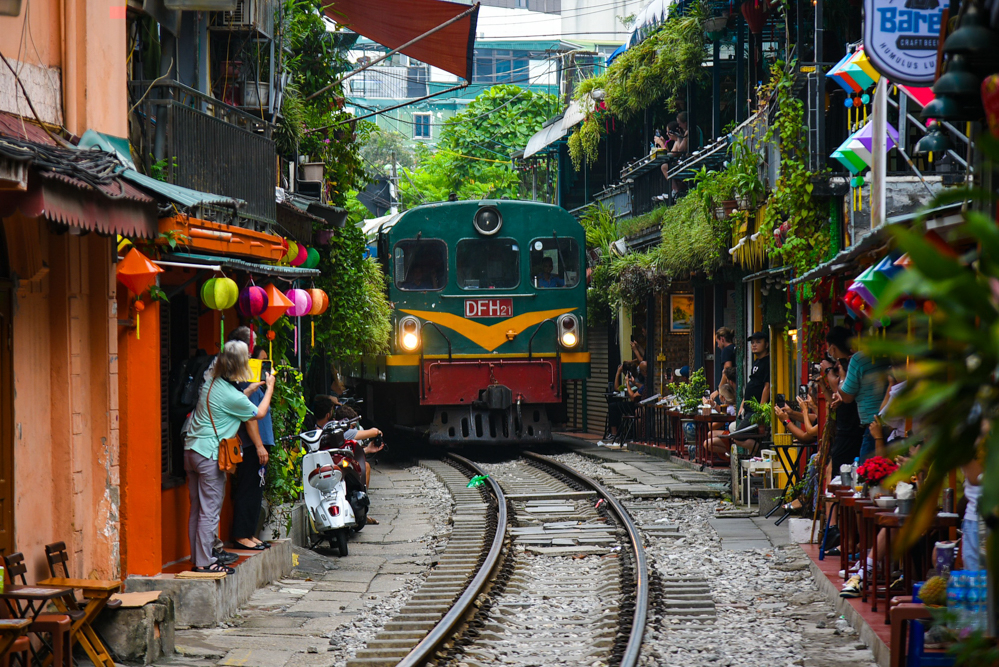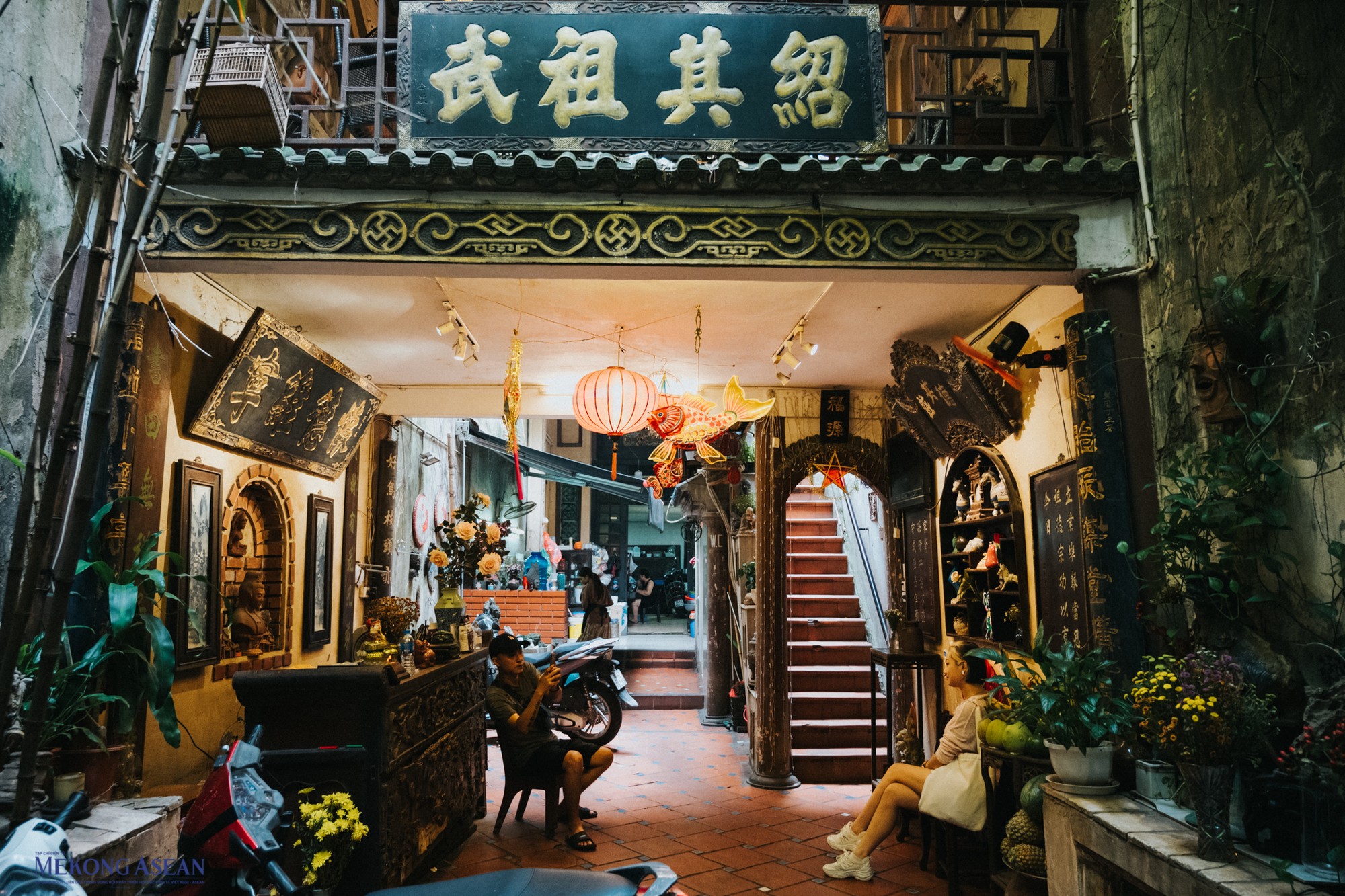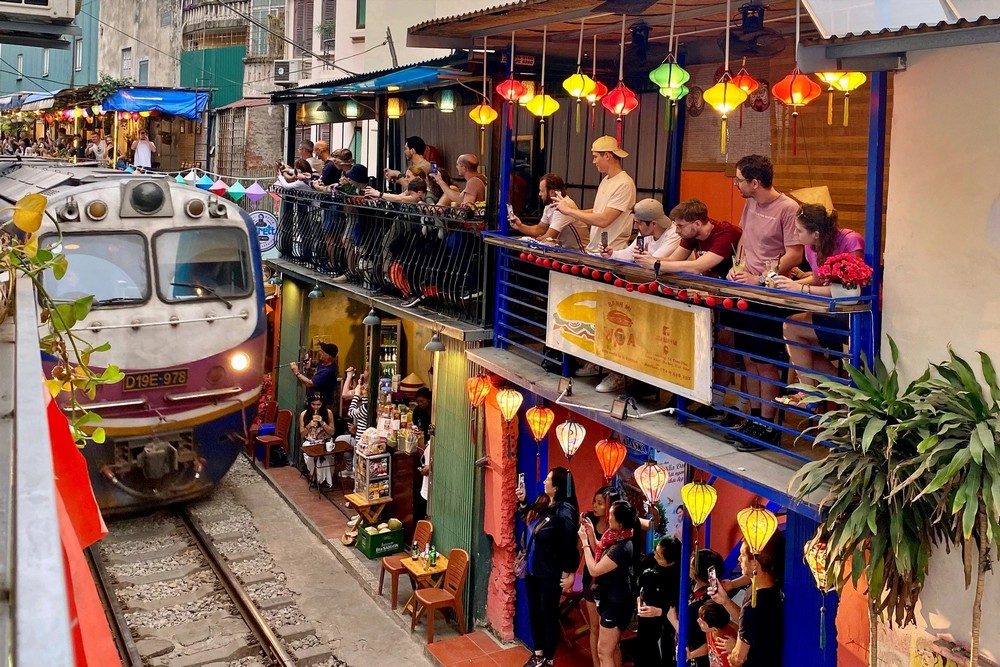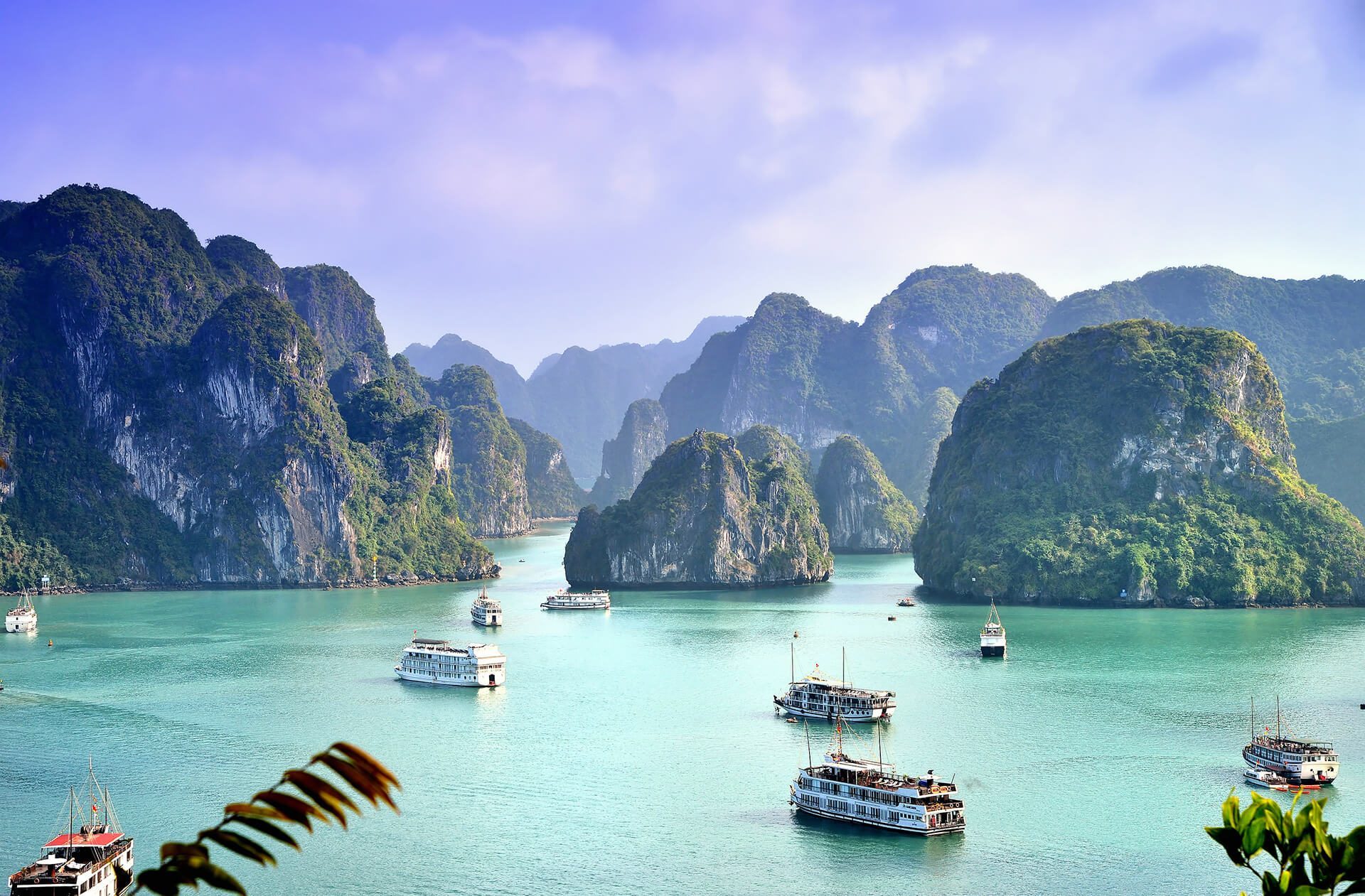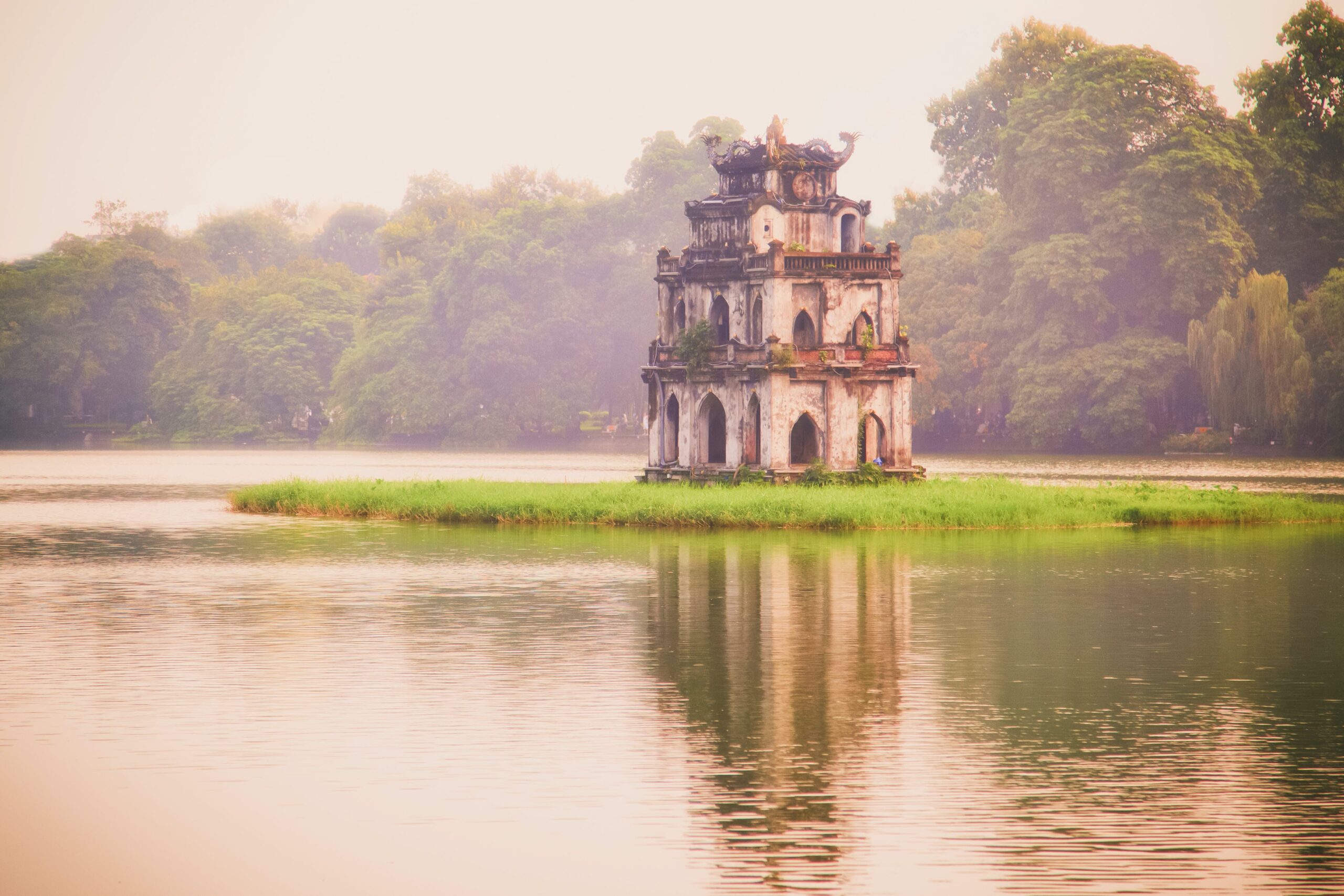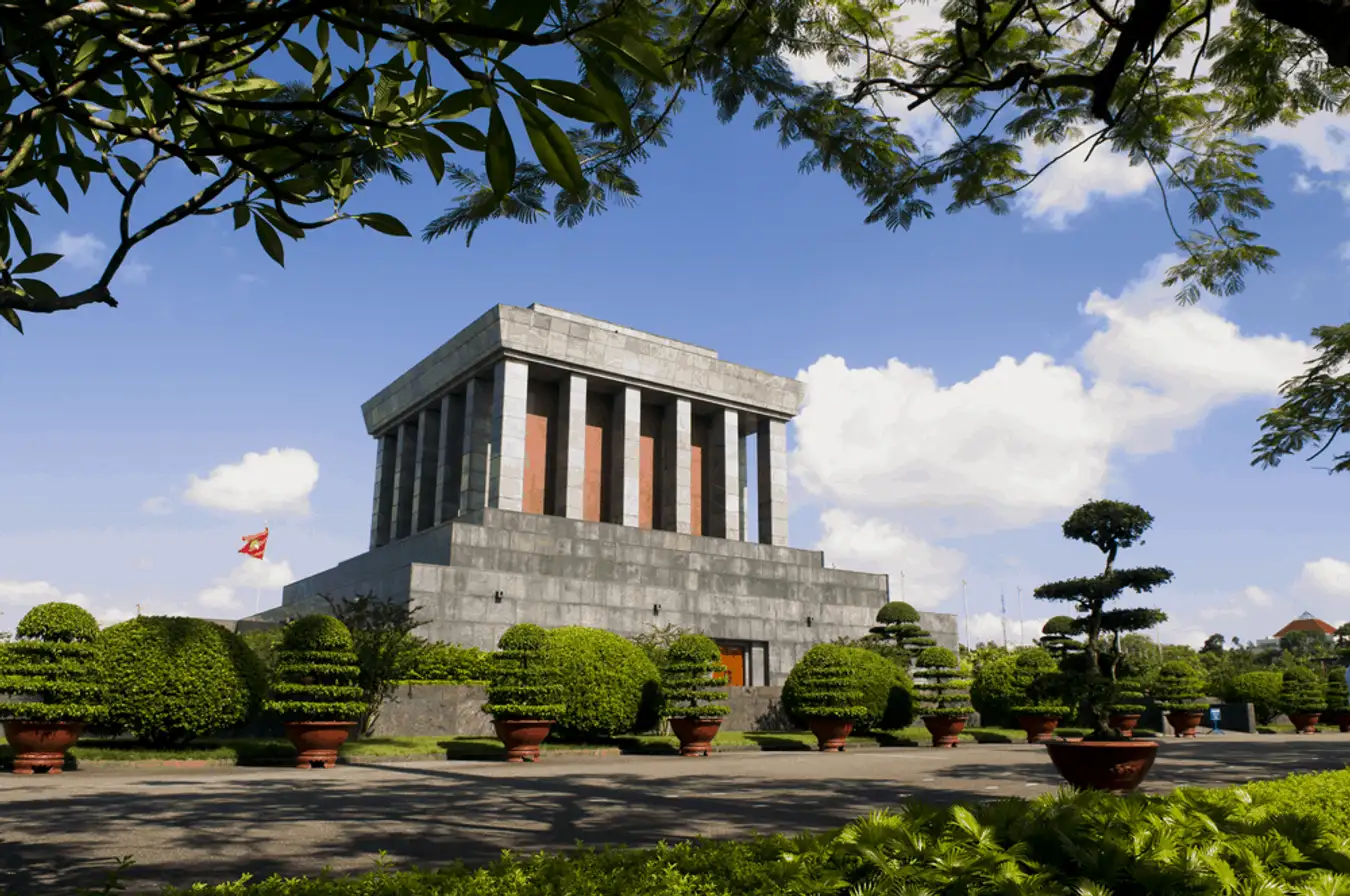
All Information For Visiting Ho Chi Minh Mausoleum In Hanoi
The Ho Chi Minh Mausoleum at Ba Dinh Square is one of the most famous attractions in Hanoi. This is the final resting place of Ho Chi Minh, Vietnam’s most famous and iconic leader, known as “Uncle Ho”. His remains are kept in a glass case at the Ho Chi Minh Mausoleum in central Hanoi.
- ho chi minh
- Ho Chi Minh Mausoleum
- Visit Tips
- Huber’s Tomb
- Other Attractions Around the Mausoleum
Short Stories About Ho Chi Minh
:max_bytes(150000):strip_icc()/ho_chi_minh_mausoleum-5927c27b5f9b585950712069.jpg)
President Ho Chi Minh, affectionately called Uncle Ho by the Vietnamese people, was born in Hoang Tru village in 1890. He emigrated to England and France, where he supported communism. During his stay, he tried to persuade the French government to gain independence from the Federation of Indochina. After traveling to many countries, in 1941, Ho Chi Minh returned to Vietnam via Bac Po Cao Binh and changed his name to Ho Chi Minh (Enlightened).
During World War II, he fought with the Viet Minh against the Japanese occupiers. On September 2, 1945, he declared the independence of the Democratic Republic in Hanoi.
On March 2, 1946, he declared himself President of Vietnam. On March 6, 1946, he reached an agreement with the French government on the independence of Vietnam within the Federation of Indochina and the Federation of France, but not yet fully independent.
For this, they continue to fight. In 1954, the Viet Minh led by General Vo Nguyen Giap dealt a heavy blow to the French army in the Battle of Dien Bien Phu. Afterward, an armistice agreement was signed in the “Geneva Agreement” on July 21, 1954, and the warring parties had to temporarily withdraw their troops.
The goal is to hold elections and unify the country within two years. However, this never happened for opportunistic reasons: in the North, the regime was too dogmatic, and in the South, Americans were particularly afraid of communist expansion. From then on, the division of the country became a reality, and North Vietnam and South Vietnam were born.
After independence, the Southern War was unofficially continued by former Viet Minh members who now fought against the South Vietnamese government as Viet Cong. Therefore, Ho Chi Minh’s life was mainly characterized by war. First against France, then against South Vietnam and its allies, including the United States and Australia.
Stanley Ho died on September 2, 1969, at the age of 79. His body was embalmed and buried in a mausoleum.
Ho Chi Minh Mausoleum

The tomb of the late president is located in the Mausoleum of President Ho Chi Minh at Ba Dinh Square and Hung Vong Street, west of Hanoi. It was built with the help of Russia from 1973 to 1975 on the site where President Ho Chi Minh issued the Declaration of Independence on September 2, 1945.
The mausoleum is 21 meters high and is a colorful building, dark gray, in the shape of a huge cube. Marble from Marble Mountains near Da Nang was used as a building material.
Visit Tips
- The gate of the Mausoleum of President Ho Chi Minh is guarded by an armed guard of honor. An elaborate changing of the guard ceremony takes place in the morning.
- Get there as soon as possible, as there can be long queues during the day.
- Please follow the tour rules (read here), such as dress appropriately, do not make loud noises, and do not take photos or videos inside the mausoleum
- If the queue is too long or you are not interested in going in, this place is worth a visit. Uncle Ho’s Mausoleum and the huge Ba Dinh Square in front of it are very impressive. Plus, there’s plenty to see and do in the area. Read on below to find out all about the sights around the mausoleum.
Tips for visiting
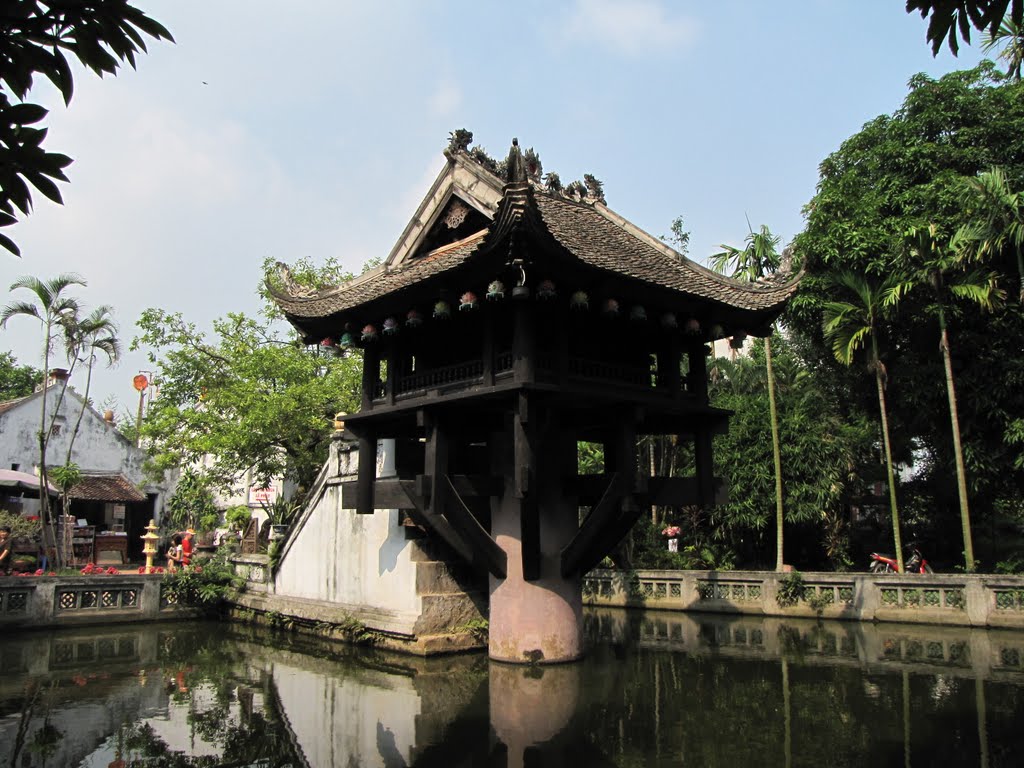
If you want to visit Ho Chi Minh Mausoleum, you have to leave your bag and camera in the lobby. Photography is strictly prohibited inside the building. Visitors must dress modestly (no flip-flops, shorts, and tank tops) and behave properly (no talking and laughing).
Tomb-sweeping is a pilgrimage that attracts tourists from all over the country every day. It is a tourist attraction and one of the most popular school trip destinations. Ho Chi Minh never wanted this because he wanted to be cremated. Thousands of people regularly line up to see the leader, who died in 1969. The huge Ba Dinh Square is dedicated to official parades and can hold 250,000 people.
High in the center of the cube is a glass box containing the remains of Ho Chi Minh (Uncle Ho), dressed in simple clothes. Soldiers stood at the four corners. Despite the cold temperature, the room was quiet. You come out of the grave behind.
Rule:
- Hands in pockets, camera at the entrance.
- Appropriate clothing (long trousers, shoes, and shoulder covers).
- Do not take pictures or record videos.
- Don’t laugh and talk loudly.
- You must be in good health to enter the mausoleum.
- Do not stand for too long during the tour.
Address and opening hours
Address: 8 Hung Vuong, Dien Bien, Ba Dinh, Hanoi (location on Google Maps)
Entrance Fee: Admission to the Mausoleum is free.
Opening hours: From April to September, the mausoleum is open from Tuesday to Thursday from 7:30 to 10:30; on weekends from 7:30 am to 11 pm. From December to March, the mausoleum is open from 8:00 to 11:00 Tuesday to Thursday and from 8:00 to 11:30 on weekends.
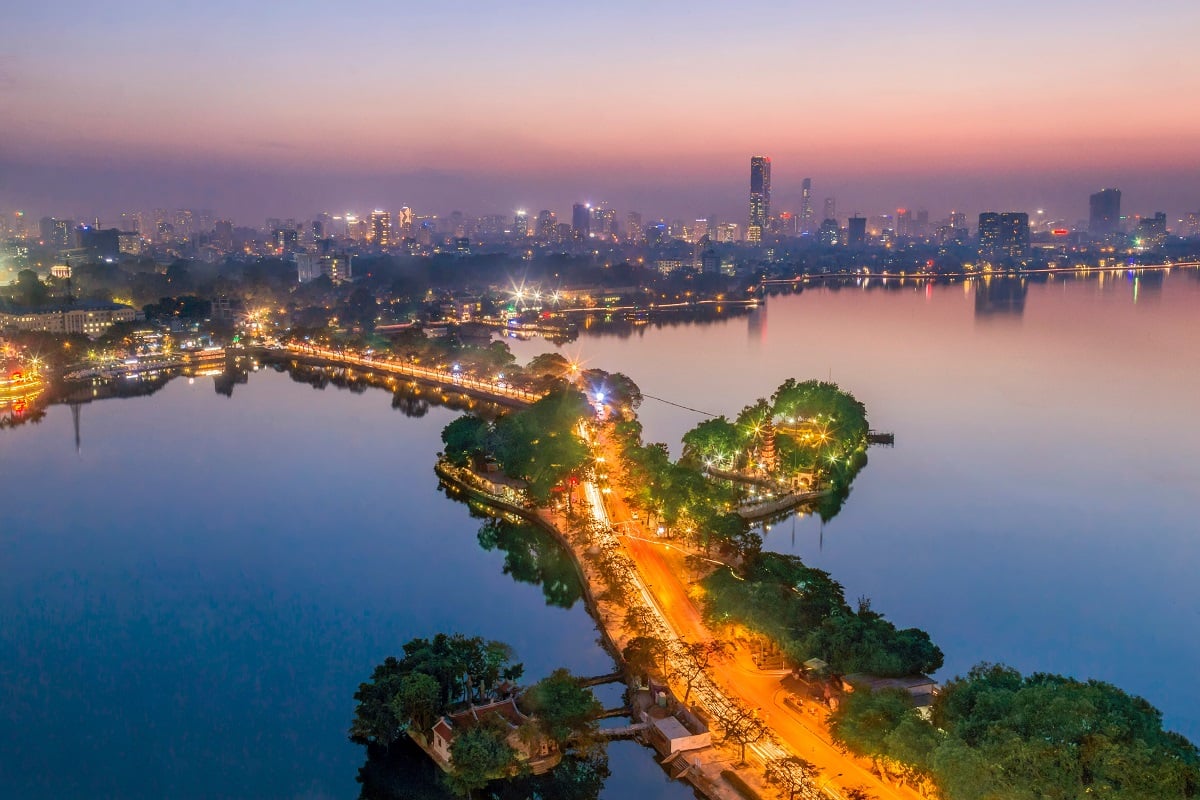
The mausoleum is closed every Friday and for two months in autumn (October and November) when the embalmed bodies are sent to Russia for preventive maintenance and restoration.
Located in Ba Dinh Square, the Ho Chi Minh Mausoleum is easily (and best) accessible by taxi. You can also walk about 2.5 kilometers or a 30-minute walk from the old town. Instead of walking and hailing a taxi, you use a traditional tricycle where you sit in front of your bicycle and cycle around the city.
Other Attractions Around the Mausoleum
Ho Chi Minh Mausoleum is located in Ba Dinh Square. There are many sights to visit around the square, most of them are about Ho Chi Minh. The first is the Ho Chi Minh Museum, right next to Uncle Ho’s Mausoleum. The museum has several floors, each dedicated to a part of Ho Chi Minh’s life.
Behind the mausoleum you will find the Presidential Palace, he never lived there because he prefers to live in a simple house like other Vietnamese and because the mansion reminds him of the French colonial period. Instead, he lived in a simple house on stilts next door to the palace, which you can now visit.
Between the mausoleum and the museum, you’ll find one of Hanoi’s holiest pagodas, the One Pillar Pagoda.
There are many more attractions for you to visit within a 1km walking radius. To the north of the square is the largest lake in Hanoi – West Lake, and Tran Quoc Temple. To the east is the Imperial City of Thang Long, and to the south is the Confucian Temple.
You can easily spend half a day or so here visiting all of the above attractions. You can stop on the Hanoi train line when returning to the Old Quarter from here.
Those are all information for visiting the Ho Chi Minh mausoleum in Hanoi. If you need any support please contact Anniego. Whatsapp +84969043106


